 Jeff Widener holds his photo of Tank Man in Tienanmen Square from 1989.
Jeff Widener holds his photo of Tank Man in Tienanmen Square from 1989. Elliot Erwitt: "The picture I am holding was snapped in 1974 just across the street from my apartment in New York's Central Park. It has been 38 years since that event and sadly I have lost track of the participants."
Elliot Erwitt: "The picture I am holding was snapped in 1974 just across the street from my apartment in New York's Central Park. It has been 38 years since that event and sadly I have lost track of the participants."
Brent Stirton: "This is Virunga, the first National Park in Africa, in the Democratic Republic of Congo. The Silverback Mountain Gorilla, along with 6 females, had been killed by a group trying to intimidate conservation rangers into being less proactive in their efforts against poaching & illegal charcoal making.
There are only about 40 of these Silverbacks in the world, so the Rangers were devastated at the assassination. This procession went on for about 5 kms, moving the 600 pound body over hills & through the forest. Over 120 of these rangers have died in the last 10 years doing this job; most make less than $10 a month. They're heroes, there's just no other word that seems appropriate to describe these incredible African men."
 Brian Smith: "The magic of photography happens when you don't see what's coming next."
Brian Smith: "The magic of photography happens when you don't see what's coming next." Harry Benson: "Brian Epstein — Beatles' manager — had just told them they were number one in America, and I was coming with them to New York, 1964."
Harry Benson: "Brian Epstein — Beatles' manager — had just told them they were number one in America, and I was coming with them to New York, 1964." Karen Kuehn: "From the 1993 Cats Story shot for National Geographic. The director Thomas Kennedy asked me to shoot an entire story about 'cats.' He did not want it to be typical! So problem solving this assignment was good fun. The Russian Blue Cat and Ballerina legs was inspired by George Balanchine — he used the idea of cats landing always on their toes to teach his dancers."
Karen Kuehn: "From the 1993 Cats Story shot for National Geographic. The director Thomas Kennedy asked me to shoot an entire story about 'cats.' He did not want it to be typical! So problem solving this assignment was good fun. The Russian Blue Cat and Ballerina legs was inspired by George Balanchine — he used the idea of cats landing always on their toes to teach his dancers."
Lyle Owerko: "No one knew such a beautiful warm day would serve as the backdrop to one of the most painful and confusing events to the heart of mankind. This picture is one small part of such a huge event that ties the threads of thousands of stories and millions of people together.
Written words will never convey the whole scope of the event, nor even summarize the sounds, the smells or even the voices that are frozen in my memory bank from that day. I did the best job I could in photographing 9/11 so that future generations would have an idea of the scope of what happened, to have the evidence of how innocence can so easily be snatched away in a razor's edged moment of time.
My hope is that in time the wounds and pain will heal and that wisdom and peace will prevail among the darkness of this event, so that humanity can move forward into a time of grace and understanding."
 Mark Seliger: "Originally an inside opener for Rolling Stone cover story of Nirvana in conjunction with the release of In Utero, my first Polaroid (with Negative) was by far the most emotional and revealing of his spirit. Two months later Kurt died from a self-inflicted gunshot wound to his head. This photograph became the memorial RS cover.
Mark Seliger: "Originally an inside opener for Rolling Stone cover story of Nirvana in conjunction with the release of In Utero, my first Polaroid (with Negative) was by far the most emotional and revealing of his spirit. Two months later Kurt died from a self-inflicted gunshot wound to his head. This photograph became the memorial RS cover.
Mary Ellen Mark: "I am holding my photograph of Ram Prakash Singh and his beloved elephant Shyama — taken in 1990. Ram Prakash Singh was the ringmaster of "The Great Golden Circus." The photograph was done in Ahmedabad India. This was part of my Indian Circus Project.
I love India and I love the circus so photographing eighteen circuses all around India was an incredible experience. Unfortunately, Shyama died a few months after this photograph was taken. Supposedly he succumbed to a poisoned chapatti. Ram Prakash Singh was heartbroken. Me also.

Steve McCurry holds his 1984 photo of a young woman from Peshawar, Pakistan. "I looked for this girl for 17 years and finally found her in 2002. Her name is Sharbat Gula."
Tim: The Tank Man of Tienanmen Square. Muhammad Ali standing over Sonny Liston in victory. The portrait of the Afghan Girl on the cover of National Geographic. Many of us can automatically recall these photos in our heads, but far fewer can name the photographers who took them. Even fewer know what those photographers look like.
Tim Mantoani hopes to change that by taking portraits of famous photographers holding their most iconic or favorite photos in his new book Behind Photographs: Archiving Photographic Legends. Mantoani has shot over 150 of these portraits in the last five years, most of which are contained in the book.
“I felt like there was kind of this void,” says Mantoani. “There were all these anonymous photographers out there who have not been given enough credit.”
At a time when everyone has a camera in their pocket and millions, if not billions of photos are flying around the internet each day, Mantoani wants to help people understand that iconic photos don’t just happen. They are the product of people who devote their entire lives to photography. Giving these people a face, he says, helps do that.
“It was important to step back and understand that cameras didn’t make these photos, photographers made these photos,” he says. “Without these people and their understanding of photography, these moments would not be there for us to understand and appreciate over the course of time.”
“I wanted to create this archive so that some day when the photographers are all gone, my grandkids can not only appreciate their photos, but also know who they were and what they looked like.”











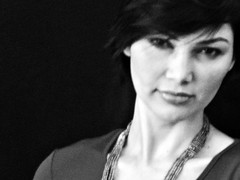


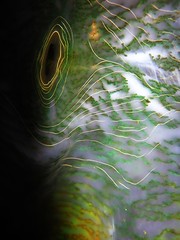

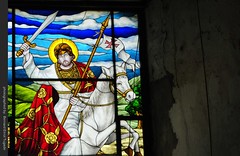



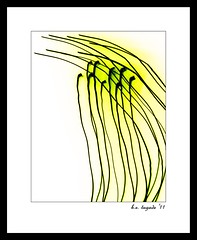


















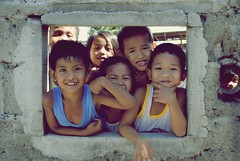



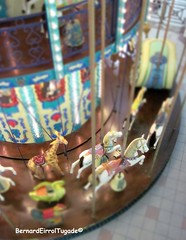
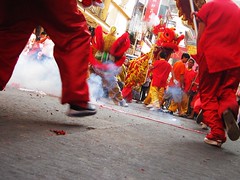




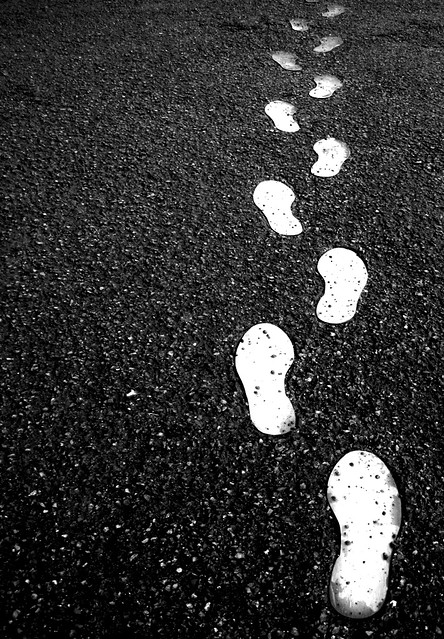






3 notes:
ang ganda nung may dog, hehehe
gusto ko rin matuto ng ganun
need and slr talaga! hehe
:))
good stuff.
@TR Yun gusto mong pix,#4, kahapon ko lang yan na encounter sa isang bookstore - the book was something like, How to "read" a photograph. or What makes a great photograph" - at tanda ko tong pix na'to. And how apt na natagpuan ko ang article na to sa net kanina, at nabigyan ng mukha kung sino ang kumuha nung #4 pix - Si Elliot Erwitt pala. Now i know - at buhay pa pala sya. Interesting! Gotta research more about this guy.
Familiar din ang photo na "Afghan Girl/Shartbat Gula" (last photo) and it was cool to know kung sino ang behind sa mysterious shot.
I think maganda tong project/objective/book ni Tim Mantoani. Pag lumabas ito sa local market i got have a copy.
Pag may SLR ka na, photowalk tayo minsan. Yes?
@ Emil thanks sa pag visit. Emil talaga? ^^ looking forward for your future shots using your wide angle lens, pag dumating na'yon.
Post a Comment